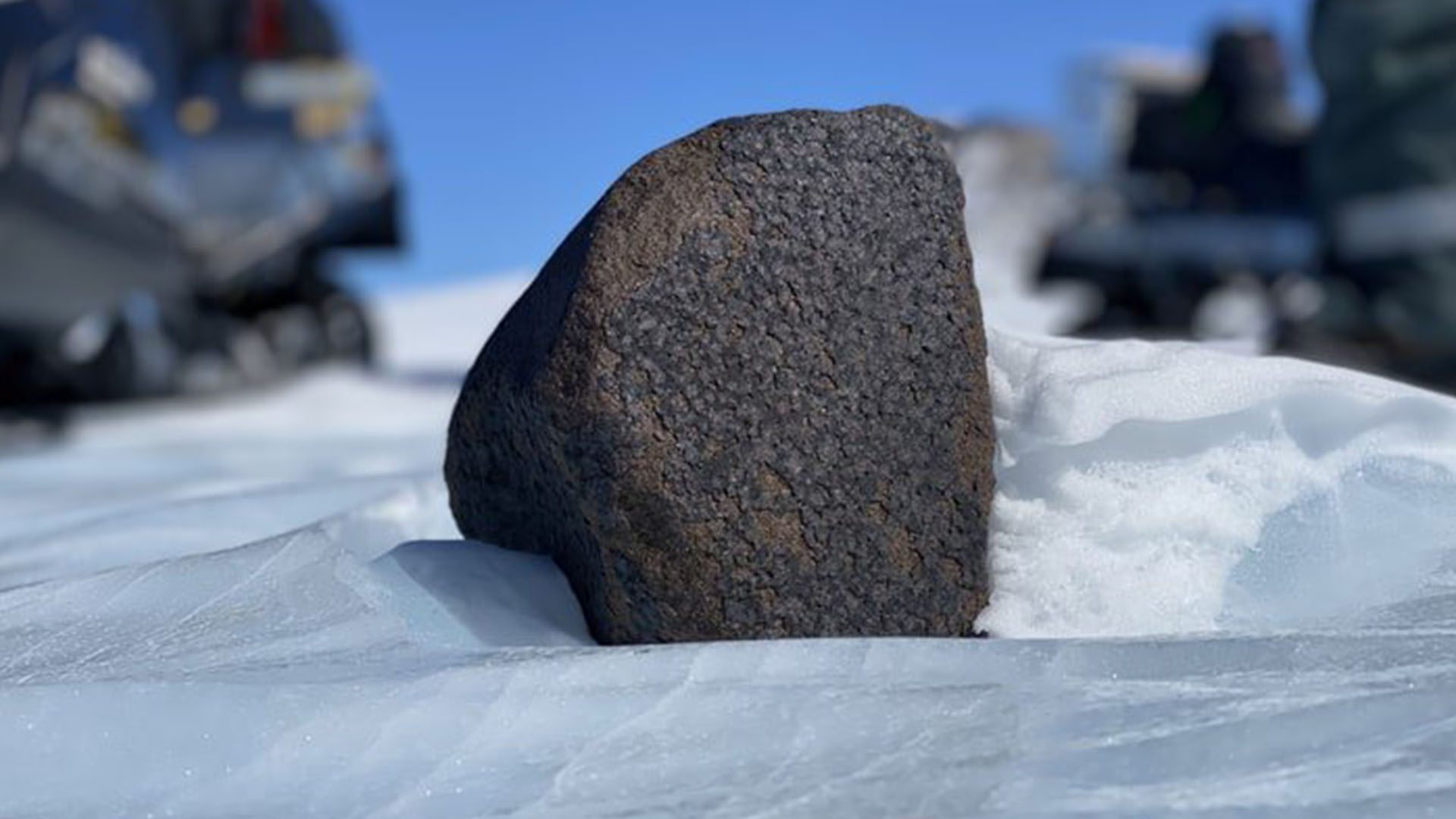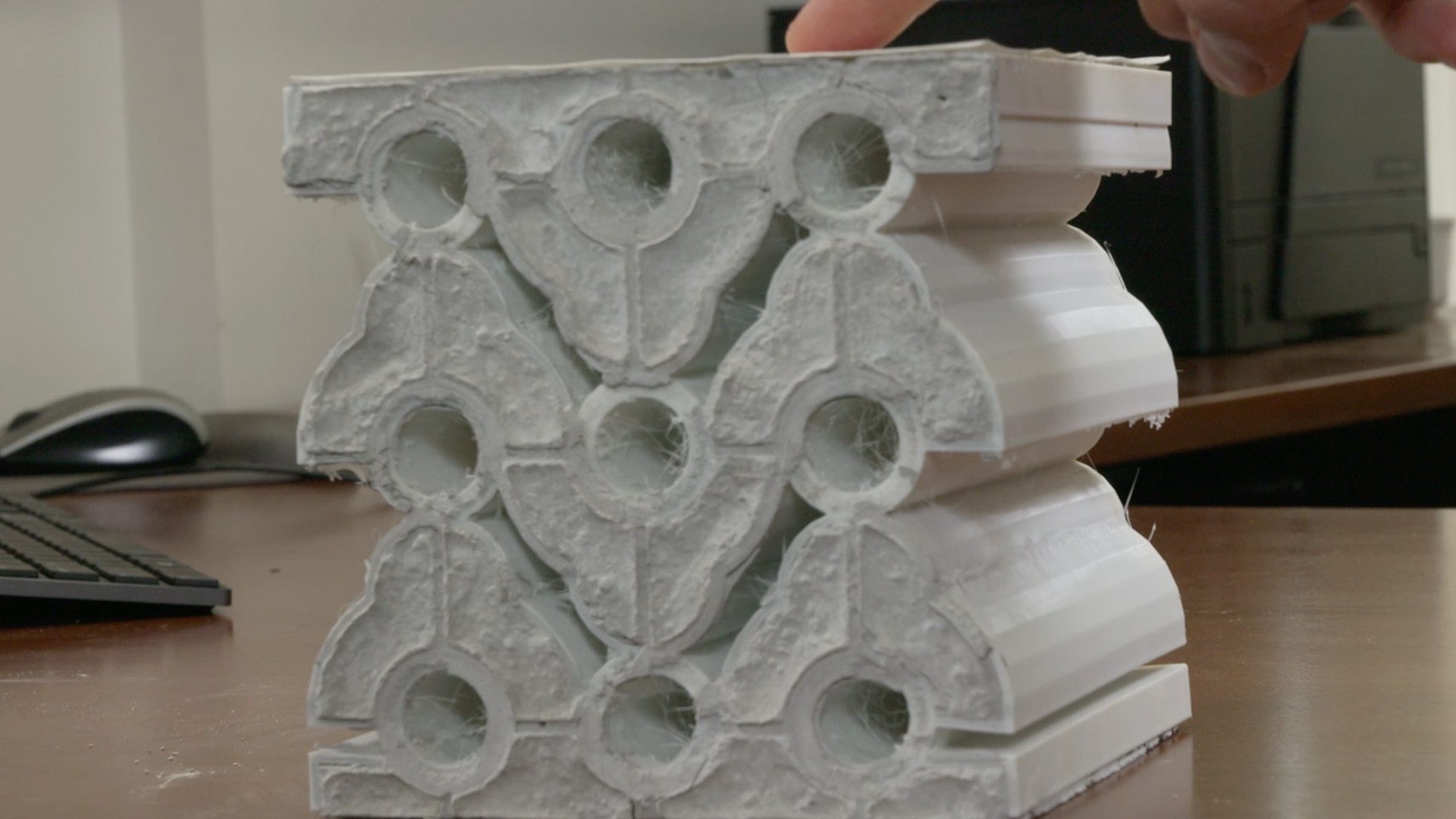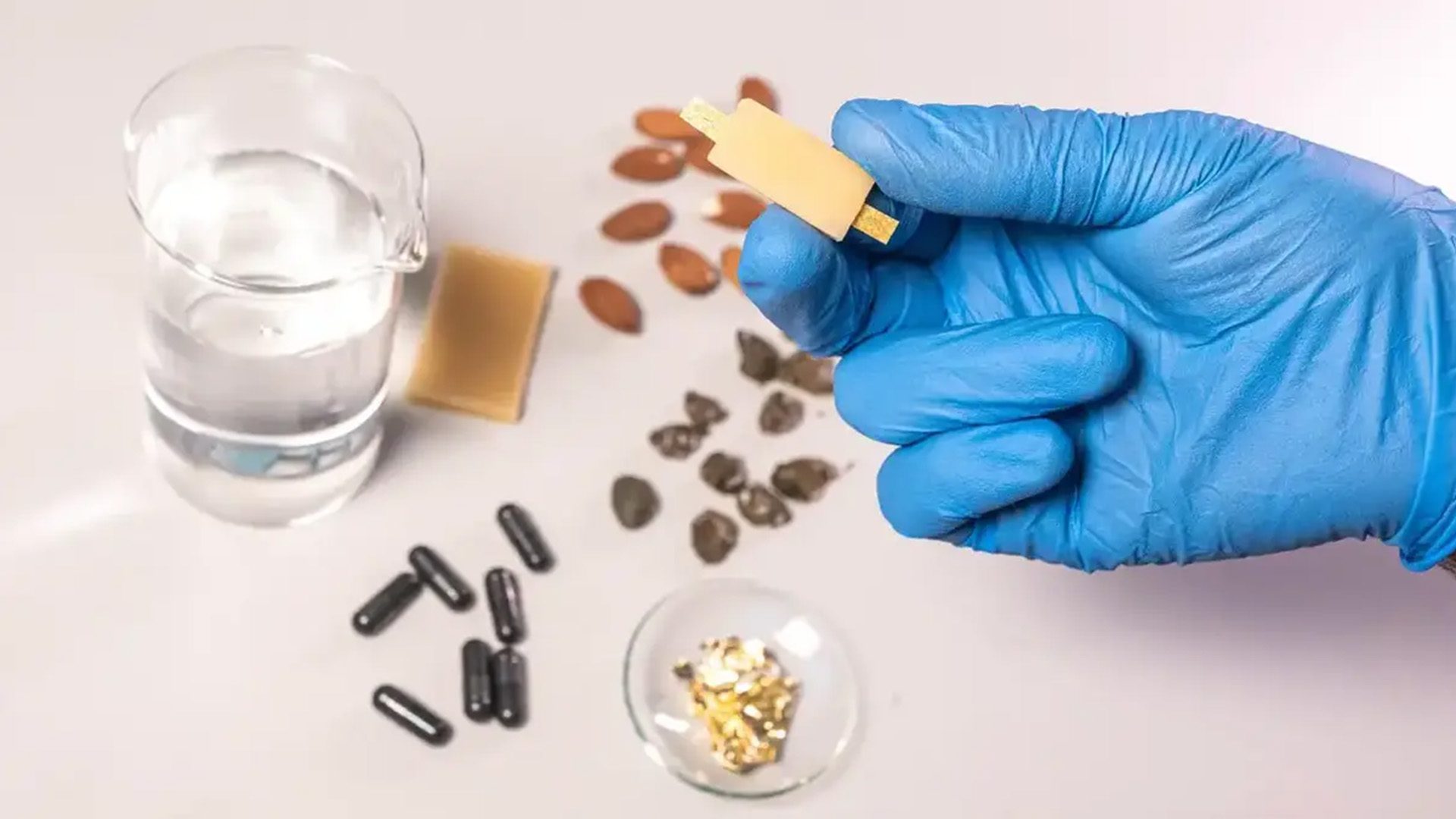Polypropylene, the hardy plastic used for making food containers, bottle caps, takeout containers, ice cream tubs, etc., makes up approximately one-third of the world’s plastic waste. This type of plastic can take hundreds of years to decompose, but scientists may have discovered a new solution. Two strains of fungi, typically found in plants and soils, were able to break down lab samples of polypropylene in just 140 days.
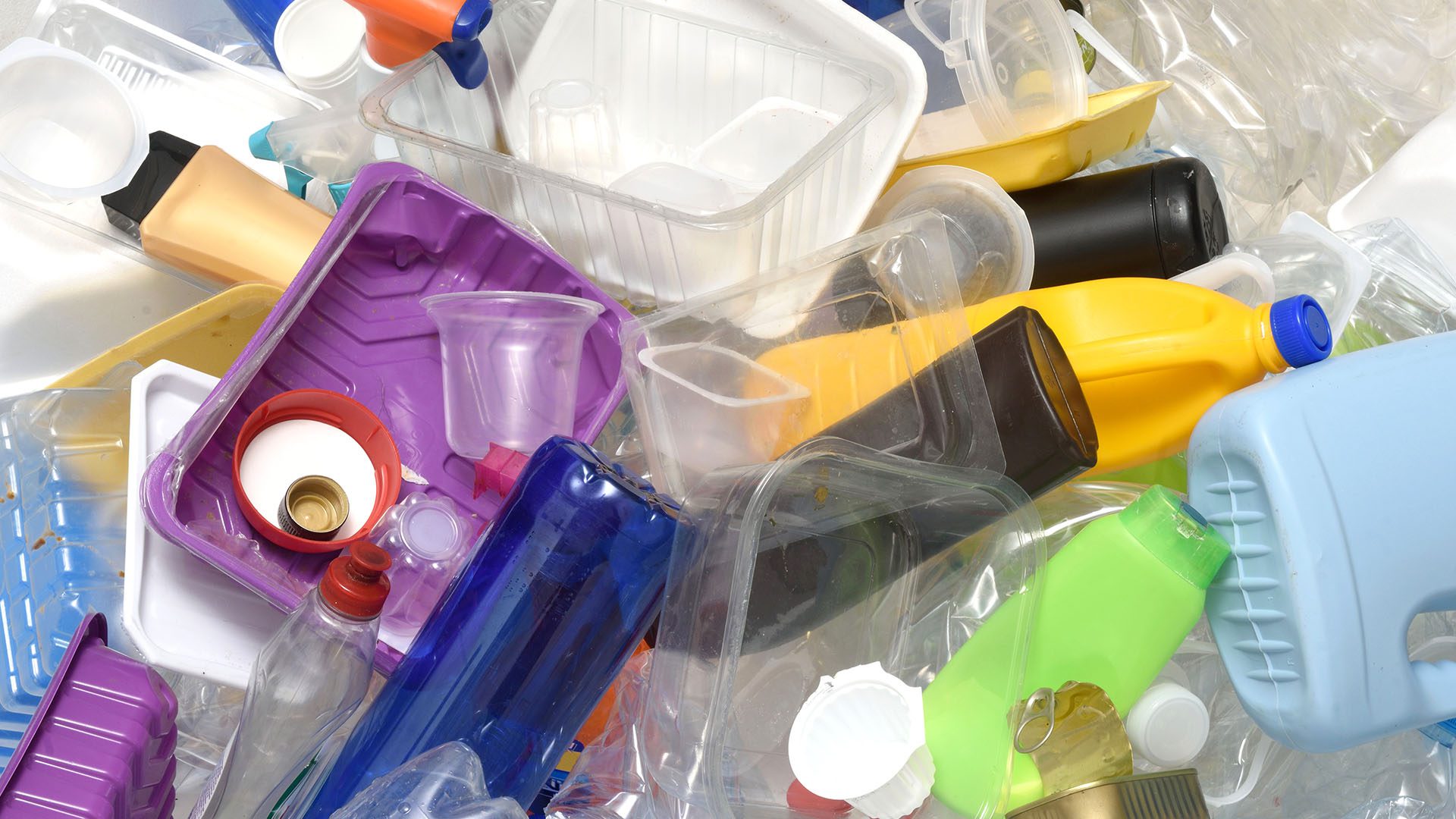
A 2020 paper published in ACS Sustainable Chemistry and Engineering found that humans were generating 400 million tonnes of plastic waste per year. About 175 million tonnes of that is sent to landfill or pollutes the environment. This new discovery has the potential to go a long way toward creating a natural solution to plastic pollution.
The two types of fungi, Aspergillus terreus and Engyodontium album, devoured between 25 and 27 percent of the samples of polypropylene after 90 days and completely broke down the plastic after 140 days.
Led by graduate student Amira Farzana, the study was conducted by a team of Australian scientists and it has set a new speed record for fungi to break down plastic.
“It’s the highest degradation rate reported in the literature that we know [of] in the world,” University of Sydney chemical engineer Ali Abbas told the Australian Broadcasting Corporation’s technology reporter Danny Tran.
In addition to this discovery, a bacteria was recently discovered in a compost heap with the ability to break down 90 percent of PET (polyethylene terephthalate) in 16 hours. More than 400 microorganisms have been found to naturally degrade plastic. Fungi in particular have gained attention for their versatility and ability to break down a variety of synthetic substrates.

“Recent studies suggest some fungi may even degrade some of the ‘forever chemicals‘ like PFAS, but the process is slow and not yet well understood,” stated microbiologist Dee Carter of the University of Sydney.
Lab experiments revealed that the two fungi could decompose granules and thin films of polypropylene, along with aluminum-coated polypropylene sheets. Although researchers haven’t yet discovered how the fungi digested the plastic, they have theorized that the fungi degrade materials like plastic into simpler molecules that it can absorb and excrete.
The experiment requires the plastic to be pre-treated with either UV light, heat, or a chemical reagent in order to weaken the material so the fungi can feast. The University of Sydney scientists are currently working on a proof of concept, which means evidence that their solution is feasible.
The next steps for researchers include building a benchtop prototype and analyzing the environmental impact and economic feasibility of using this method on a commercial scale. Additionally, scientists will work on tweaking aspects of the process such as temperature, how much fungus is used, and the size of the plastic particles in order to speed up the degradation process. At a larger scale, scientists hope that the technology could degrade thousands of tons of plastic waste per year.
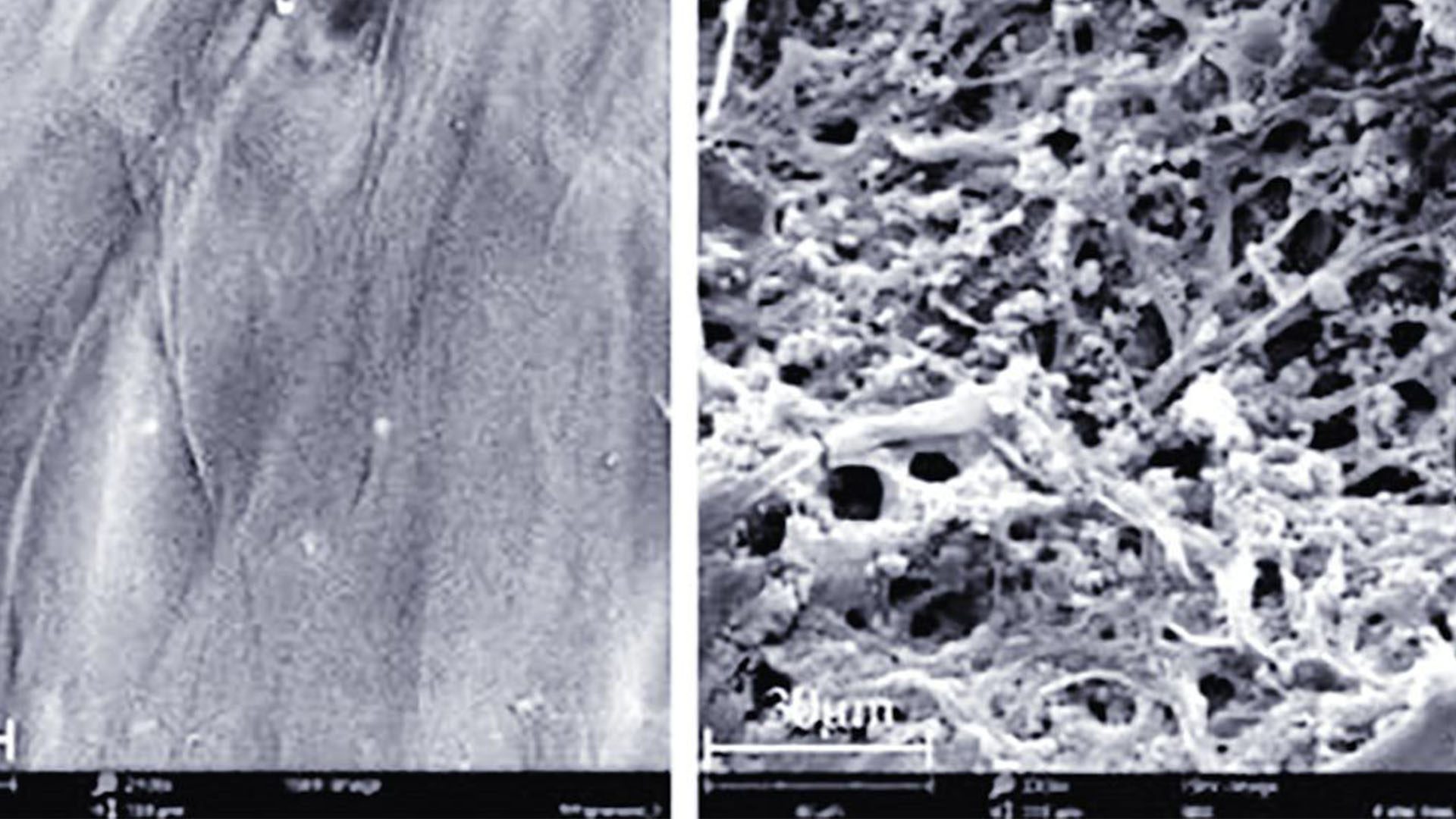
“It is scaling up which is very much similar to any kind of fermentation process,” Professor Abbas said. “That technology already exists for those processes and we’re able to now borrow that learning from chemical process engineering and bring it into this particular process here.”
The research from the University of Syndey adds to the growing body of research surrounding the applications of algae, enzymes, bacteria, and fungi in breaking down plastic waste. According to Paul Harvey, an environmental scientist not involved in the research, we could see a solution within the next five years or even sooner.
“That is a fairly standard time frame for standing-start research through to commercialization,” Dr. Harvey said, “There’s really no reason why this type of research can’t get expedited, given the enormous issues that we have globally, in terms of waste management and plastic pollution management.”



